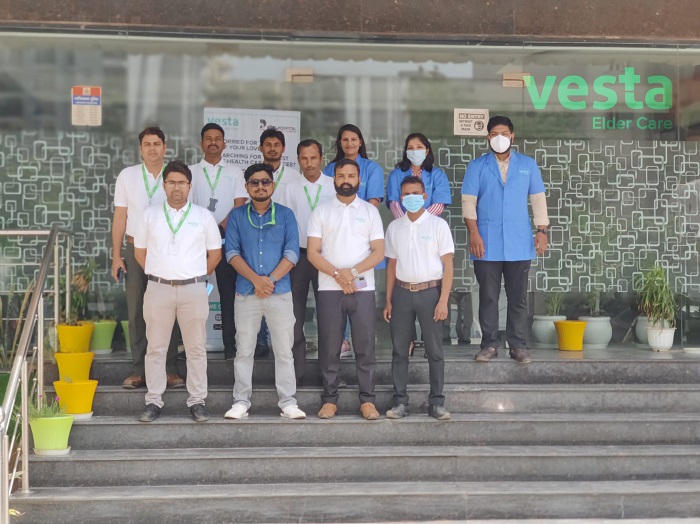Dr. Neeraj Shah, Chief Medical Officer, Consultant Cataract, Cornea and Refractive Services, Sankara Eye Hospital, Jaipur.
From smudged eyeliner to out-of-date mascara, beauty habits are more related to eye health than most people know. And when something goes awry, the outcome can be anything from mild irritation to dangerous infections threatening your vision.
One of the earliest signs doctors see is clumpy mascara or dirty eyeliner residue, typically caking on the eyelashes’ root areas. This clog seals off oil glands in the eyelids (meibomian glands), leading to blepharitis—a state characterized by inflamed, red eyelids and persistent eye pain.
The Trouble with Cheap or Expired Products
The use of cheap makeup products or the use of makeup far beyond its expiration date can be dangerous. Some cosmetics may have toxic preservatives, cheap pigments, or even bacteria. The ocular skin surrounding the eyes is of a very thin and naturally porous kind and permits substances to easily penetrate and hence tends to respond to contact dermatitis, allergic provokers, or irritants introduced by cosmetics.
Blood-red eyes, which are also very frequently raised side-issue by patients, typically occur due to chemical conjunctivitis when caustic chemicals seep through the conjunctiva. Loose debris from metallic glitter shadows or poor-quality lash adhesives may flake and settle on the cornea, sometimes rubbing against the surface and providing a greater risk for corneal infection.
Common Makeup Habits That Harm the Eyes
Several everyday makeup mistakes can quietly compromise eye health:
- Sleeping in eye makeup, clogs sebaceous pores, causes chronic low-grade inflammation, and can promote recurring styes.
- Eyeliner application to the waterline pushes pigment into the tear film, where particulate and bacterial material easily transmigrate into sensitive intraocular tissue.
- Conjunctival inoculation with bacteria or fungus from dirty or reused brushes and sponges.
- Do not use oily and waterproofing preparations that leave residues on the lens surface. Use only products that have been approved for contact lens wear and ophthalmologist approved.
- Touching up makeup in an unsteady car increases the chance of brushes or fingers accidentally jabbing the cornea.
What Contact Lens Wearers Should Know
Wearing contact lenses makes one especially susceptible. The particles in makeup can become lodged beneath the lens and lead to abrasions, irritation, and in bad cases, infectious keratitis, resulting in permanent vision loss.
Contact lens wearers must follow this order when doing makeup: insert lenses first, then apply makeup; remove makeup and then lenses. Avoid oil-based and waterproof products that cling to the lens surface. Always select products labeled as safe for contact lenses and certified by ophthalmologists.
What Does Ignoring the Risks Do to You?
If cosmetic eye irritation from cosmetics is simply neglected or overlooked, harm gets out of control. Rolling redness of the eyelid, blepharitis, conjunctivitis, and dry eye syndrome are just a few. Worst-case scenarios are corneal ulcers or infection—some of which require forceful therapy, worst case, surgery. The longer that an infection or irritation is left unchecked, the greater the risk of corneal damage and permanent loss of vision.
To safeguard your vision while still getting your beauty fix:
- Replacing eye makeup every 3 to 6 months
- Using only tested, dermatologically and ophthalmologically proven products
- Taking off all eye makeup at night with gentle, eye safe removers
- Washing hands before use and don’t share products
- Cleaning brushes and applicators frequently
Just take a minute or two to read that label, wash that brush, or toss away that expired mascara.


